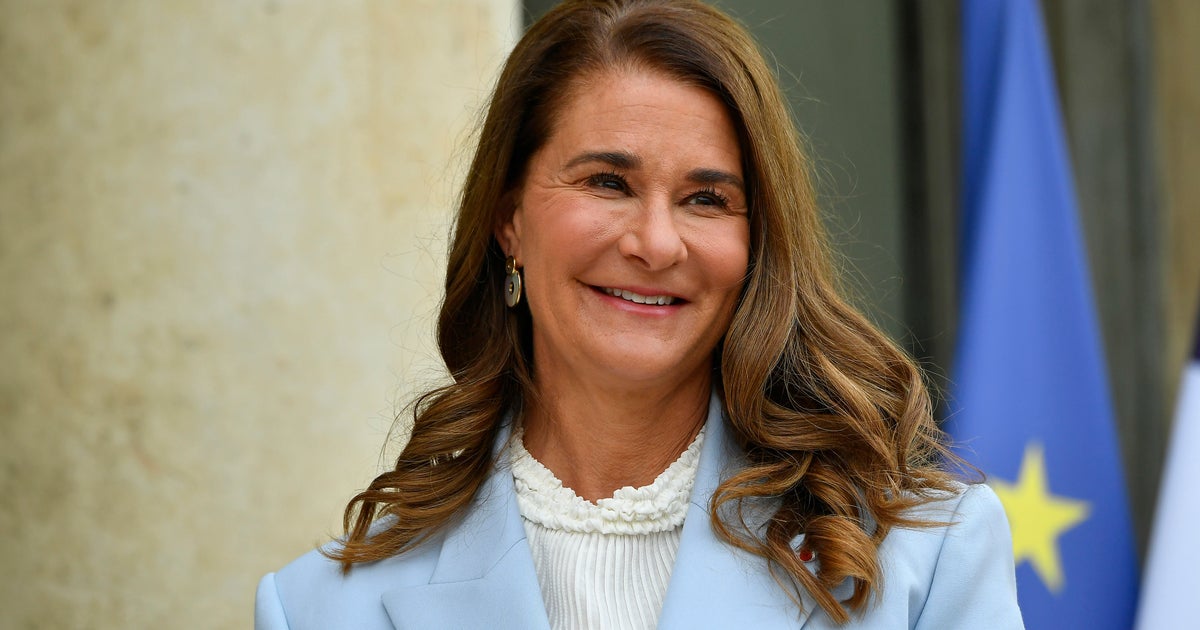White House hires full-time ASL interpreters for first time: "I'm here for the Deaf community"
At the White House, the president, the first lady and the press secretary are usually the most familiar faces. But for thousands of Americans, a box in the right-hand corner of the White House livestream is where their eyes usually focus.
Whenever the president speaks, whenever Jen Psaki holds a press briefing, or when experts like Dr. Anthony Fauci share new information, American Sign Language interpreter Elsie Stecker is on screen, too.
"This is a dream job of that combination of the political information and the interpreting. It fits me very, very well," she told CBS News' senior White House and political correspondent Ed O'Keefe.
Stecker, who is completely deaf, is the first-ever official White House ASL interpreter. The groundbreaking position comes after advocates sued to get live ASL interpretation during COVID-19 briefings. The Biden administration went a step further, hiring Stecker as well as a non-deaf ASL interpreter, Lindsey Snyder, as members of the staff.
"I have to recognize and thank, really, the Deaf community and the grassroots deaf people who pushed so hard to make sure that this access was available," Stecker said. O'Keefe spoke to her with the assistance of Miako Villanueva, who signed his questions to her and spoke her answers back.
The interview, which aired Tuesday on "CBS Mornings," comes two days after Troy Kotsur became the first deaf male actor to win an Oscar. He took home best supporting actor for his role in "Coda," which won the best picture award.
About half a million people use ASL, which is not the English version of sign language, but its own language entirely, with its own grammar and sentence structure.
Stecker and Snyder spend hours each day preparing by reading up on the news and topics on the White House schedule. When an event starts, Snyder listens, then interprets for Stecker, who signs in front of the camera.
"I am interpreting from English to ASL, and I am essentially feeding Elsie, who then takes that message and interprets it," Snyder said. "I call it real-time editing."
The White House could have just hired someone like Snyder to do this work, but it went the extra step of hiring somebody who is completely deaf.
"Deaf people who are ASL users can watch and identify that it's a deaf person signing on the screen," Stecker said.
"Most hearing interpreters, they learned ASL, so they have an accent in ASL, where a deaf person, who grew up using ASL, doesn't have that same kind of accent," she said. "We also, as deaf interpreters, can gauge what a deaf audience would potentially need. That some kind of terminology is clearer than others, some things need a little more expansion and explanation."
Their work is helping bring crucial information to a larger audience.
"We have our own skill set that manages to come together to put out the most effective message to bring in a community that's been marginalized for so long," Snyder said.
"I'm not here for myself, to be in this position," Stecker said. "I'm here for the Deaf community to have access to those messages."



